Eight Places to Celebrate the Accomplishments of Great American Women
Women are grossly under-represented when it comes to recognition in public places, but here are a few places that pay tribute to their contributions
/https://tf-cmsv2-smithsonianmag-media.s3.amazonaws.com/filer/b1/02/b102aff2-788d-4410-be7c-4bb426ad767c/susan_b_anthony_home.jpg)
The women’s marches in Washington, D.C. and a number of other cities turned a spotlight on the continuing struggle for equal rights. Women’s history sites found throughout the United States offer another way to contemplate the fight for women’s rights and the contributions of women to the nation’s history.
You will have to work a little harder to find these monuments, though. Women are grossly under-represented when it comes to recognition in public places. For example, of the hundreds of statues in New York City, only five depict women, and only three of those— Harriet Tubman, Gertrude Stein, and Eleanor Roosevelt—are American. (Joan of Arc and Golda Meir are the others.)
But they are out there, if you know where to look. A few suggestions to get you started:
The Women’s Rights National Historical Park, Seneca Falls, New York
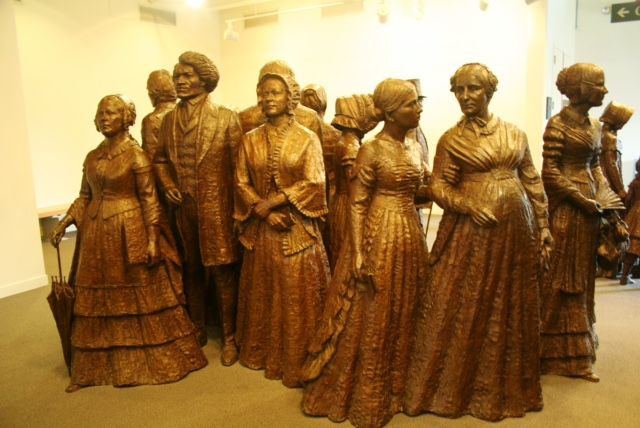
As the historic epicenter of the suffrage movement, upstate New York is worthy of a trip for women’s history alone. That the Finger Lakes region is also exquisitely beautiful with abundant opportunities to enjoy the outdoors, fine wine and excellent restaurants is a happy bonus.
Start by visiting The Women’s Rights National Historical Park in Seneca Falls, a collection of sites where the movement was born. The park includes the homes of two leading suffragettes, Elizabeth Cady Stanton and Mary Ann McClintock. The Declaration of Sentiments—the first women’s rights statement—was drafted in McClintock’s home. The remains of the Wesleyan Chapel, where the First Women’s Rights Convention was held on June 19 and 20, 1848 is nearby. While the homes and chapel themselves don’t offer much in the way of background material, the ranger-led tours are informative, and there’s an extensive and absorbing interpretive center.
The suffrage and abolitionist movements were closely entwined, thanks, in part, to Quaker involvement in both. From Seneca Falls, you can drive 15 miles east to Auburn, NY to visit Harriet Tubman’s grave and the building that was formerly the Harriet Tubman Home for the Aged, a National Historic Landmark that contains a few precious artifacts from her life. Here, Tubman spent her later years caring for elderly, low-income African Americans, and it is where she died in 1913 at the age of 92 or 93.
Susan B. Anthony Museum & House, Rochester, New York
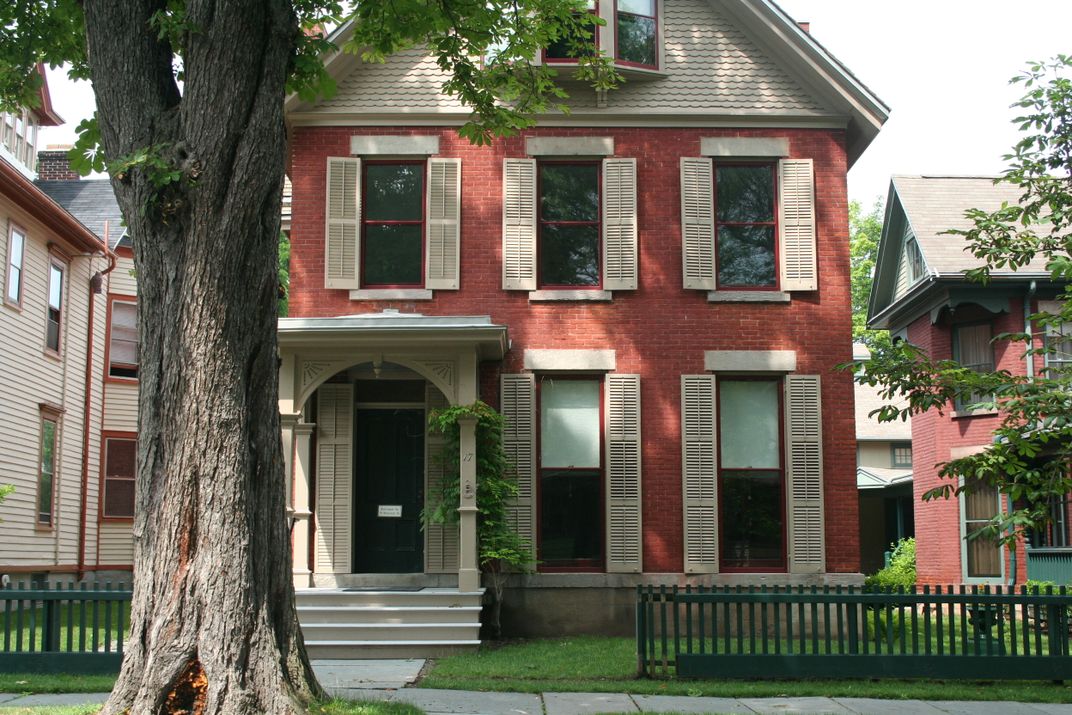
Anthony was famous in her lifetime, which was a boon to archivists who were able to collect materials from her contemporaries who realized there was value to saving items related to her. This house museum is full of mementos of Susan B. Anthony’s remarkable, laser-focused life. Susan lived here with her sister, Mary, who owned the property and supported her sister’s activism. It was in this doily-strewn parlor that Susan, at the age of 52, was arrested for illegally casting a vote. You can see her signature alligator purse and one of her dresses, which hangs in the bedroom where she died in 1906. Annie Callanan, director of program and visitor services for the house, says that Susan, hurt by depictions of suffragettes as ugly and mannish, took pains with her appearance and urged other suffragettes to do the same. Although Susan traveled to Congress every year for decades, the ban against women’s suffrage outlived her. The 19th amendment granting women the right to vote was ratified in 1920.
First Ladies National Historic Site, Canton, Ohio
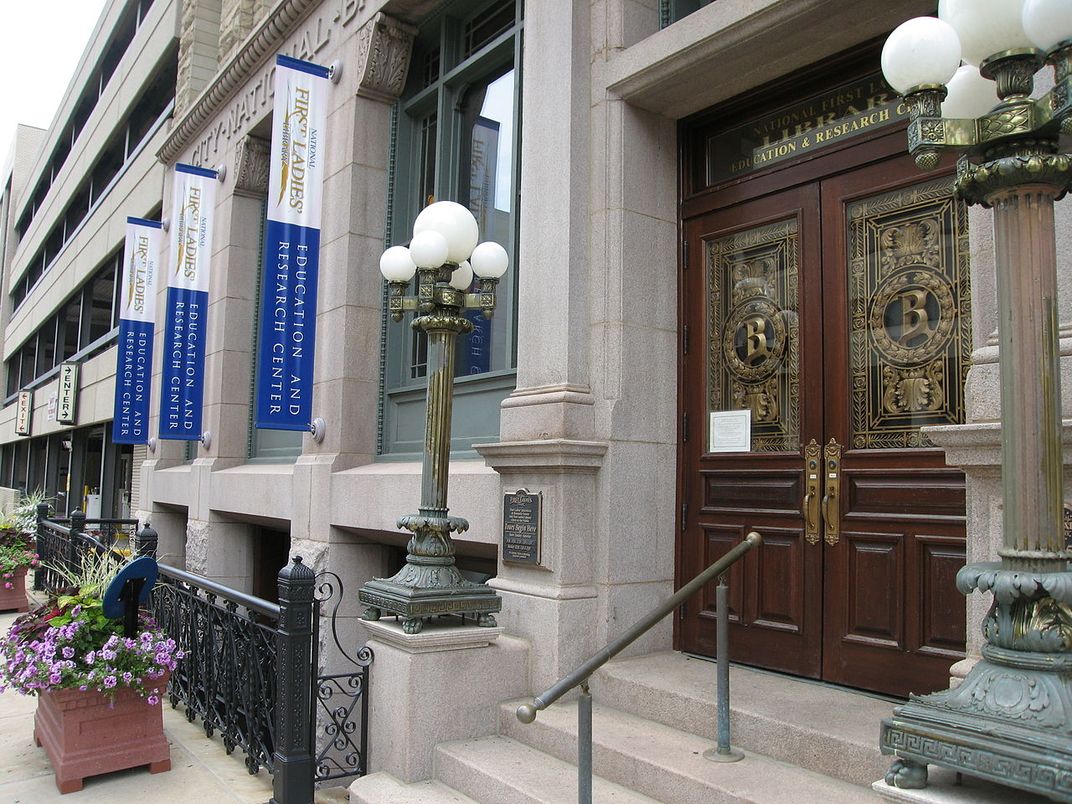
It’s perhaps unsurprising that the Pro Football Hall of Fame, in the same town, is considerably glitzier and better funded than this Victorian house museum and research center. The Ida Saxton McKinley House focuses on the life of the wife of President William McKinley, who served from 1897 until his assassination in 1901. After a docent-led tour of the home, you reach the third-floor ballroom, which is lined with portraits and brief biographies of all the nation’s first ladies—not all of whom were presidents’ wives. Dolley Madison, who is credited with establishing the role of first lady as hostess-in-chief, co-hosted with widower Thomas Jefferson, the third president of the U.S, before her own husband became the fourth. And you can learn here about some of the more outspoken first ladies of history, like Florence Harding, who said of her husband, “I put him in the White House. He does well when he listens to me and poorly when he does not.” The nearby research center also houses revolving exhibits, and maintains an informative website.
Women in Military Service for America Memorial, Alexandria, Virginia
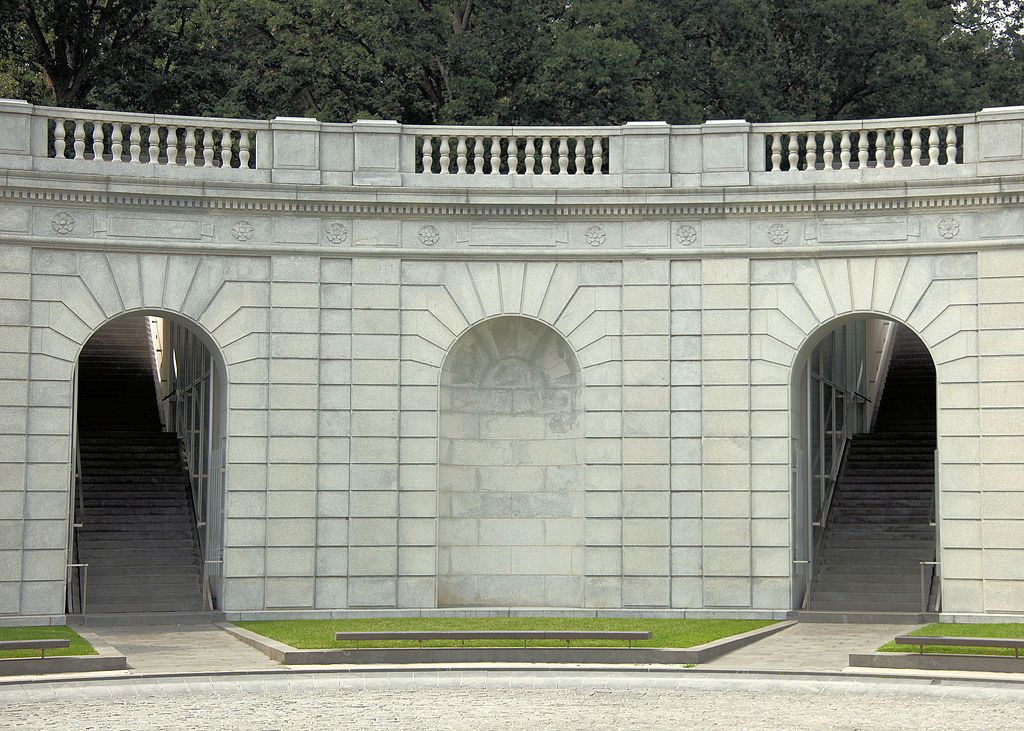
The Women in Military Service for America Memorial was dedicated in October 1997, more than 200 years after Margaret Corbin picked up her fallen husband’s gun and fought on in the Revolutionary War. She became the first woman ever to receive a pension from the government for military service.
The curved neoclassical memorial is just inside the ceremonial entrance to Arlington National Cemetery. A walkway atop the building includes, etched in glass, inspirational and slightly indignant quotes: “The qualities that are most important in all military jobs—things like integrity, moral courage and determination—have nothing to do with gender,” said Major Rhonda Cornum, who served in the medical corps in Desert Storm.
Exhibits inside the building are engrossing and informative, if still a little makeshift looking. The memorial is also collecting oral histories from women who served; many of these are available online.
Ninety-Nines Museum of Women Pilots, Oklahoma City, Oklahoma
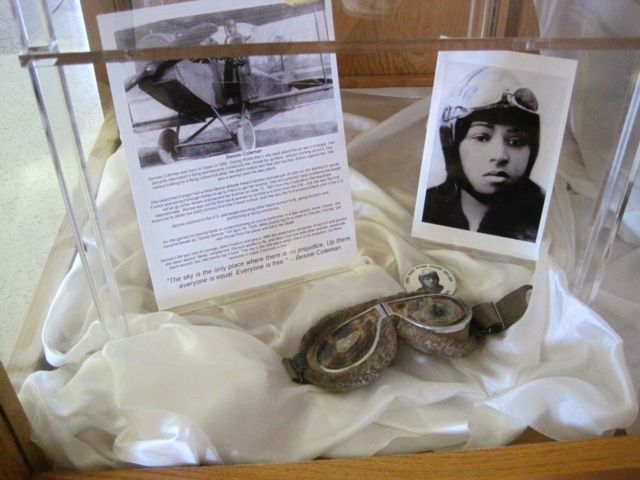
Amelia Earhart may be the most famous female pilot, but she was not the first. Harriet Quimby got her license in 1911, but died in 1912 when she was thrown out of her plane over Boston Harbor. A similar fate was met by Bessie Coleman, the first African-American female pilot, in 1926. (Seatbelts became standard equipment in 1930s.)
Learn about these and other intrepid female fliers in this warren of rooms in an obscure building on the grounds of Will Rogers International Airport. Here is the design by Edith Foltz (first licensed woman pilot in Oregon) for the Foltz Up dress, which folded up for flying, since long skirts got so inconveniently tangled in the controls. Learn about Jacqueline Cochran, the first woman to break the sound barrier and who, at the time of her death, held more speed, altitude and distance records than any other pilot, male or female. And dig into the papers of Jean Parker Rose, who saved a complete archive of her time with the Women Airforce Service Pilots (WASP), from her acceptance letter as one of 1,900 women out of 25,000 who applied; to a letter from TWA after the war, advising her that while they didn’t hire women as co-pilots, former WASPs “would get first crack at that when they do.”
If you have time, head north on I-35 about 90 minutes to the Pioneer Woman Museum in Ponca City, which has exhibits about the lives and times of Oklahoma’s pioneering women, from ranchers to rockabilly queen Wanda Jackson and Wilma Mankiller, first female chief of the Cherokee Nation.
Emily Roebling Plaque, Brooklyn Bridge
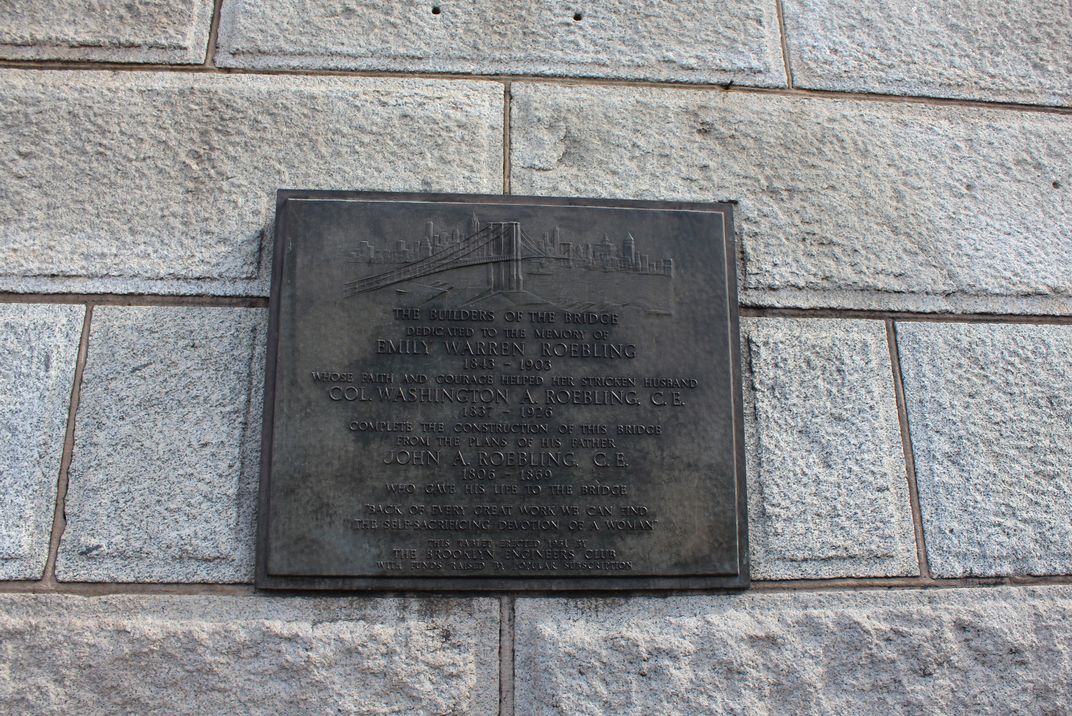
The Brooklyn Bridge was an engineering marvel of its time, and when it opened on May 24, 1883, Emily Roebling sat in a carriage alongside President Chester Arthur, the very first people to cross the iconic span. Roebling earned this honor by effectively acting as chief engineer on the project.
After her husband, engineer Augustus Roebling (son of John Augustus Roebling, who conceived the bridge), suffered a near-fatal case of decompression sickness supervising underwater construction of the towers, Emily stepped in. For the next 11 years, she was the conduit between her ailing husband and the construction crew. But no mere mouthpiece, Emily educated herself on such things as stress analysis and cable construction, and was on the work site daily. Today plaques on each tower honor her contribution.
Bright Angel Lodge, Grand Canyon, Arizona
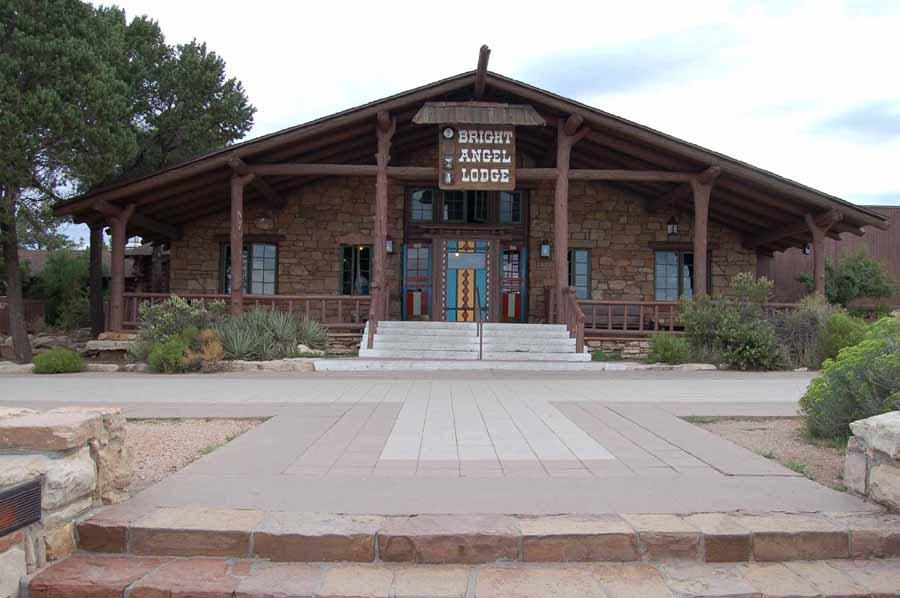
Architect Mary Jane Colter never got the recognition of her male peers in her lifetime; she was not even listed as the architect on many of her projects. But as chief architect and designer for the Fred Harvey Company, which built a string of famous hotels along the shiny-new Santa Fe Railroad line, Colter provided the vision for numerous historic hotels. Colter designed all the Grand Canyon buildings, including the bustling Bright Angel Lodge on the popular South Rim of the canyon. (You’ll check in here to take a mule trip down into the canyon.) In fact, her rough-hewn style and use of Native American motifs became recognized as a distinctive style, now known as National Park Service Rustic.
In Santa Fe you can visit another of Colter’s famous buildings, the hotel La Fonda on the Plaza.
Women of the Confederacy Monument, Jackson, Mississippi
/https://tf-cmsv2-smithsonianmag-media.s3.amazonaws.com/filer/a3/24/a3245ec0-a60f-4867-9a8f-5e151e059a52/63665764_e0375cc76a_o.jpg)
The location of this memorial to the women of the Confederacy, outside the state capitol, is controversial, but the memorial pays tribute to the struggles of the women who held down the besieged home front while war raged around them. Although these women are remembered in fictional form at more than one Gone with the Wind museum in the South, the real Scarlett O’Haras who coped with life on the battlefield of a long and bloody war get less attention. This monument, designed by Belle Marshall Kinney when she was just 23 years old, depicts a woman giving succor to a dying soldier. It is the only public monument in Jackson commemorating women's history.
Planning Your Next Trip?
Explore great travel deals
Smithsonian magazine participates in affiliate link advertising programs. If you purchase an item through these links, we receive a commission.